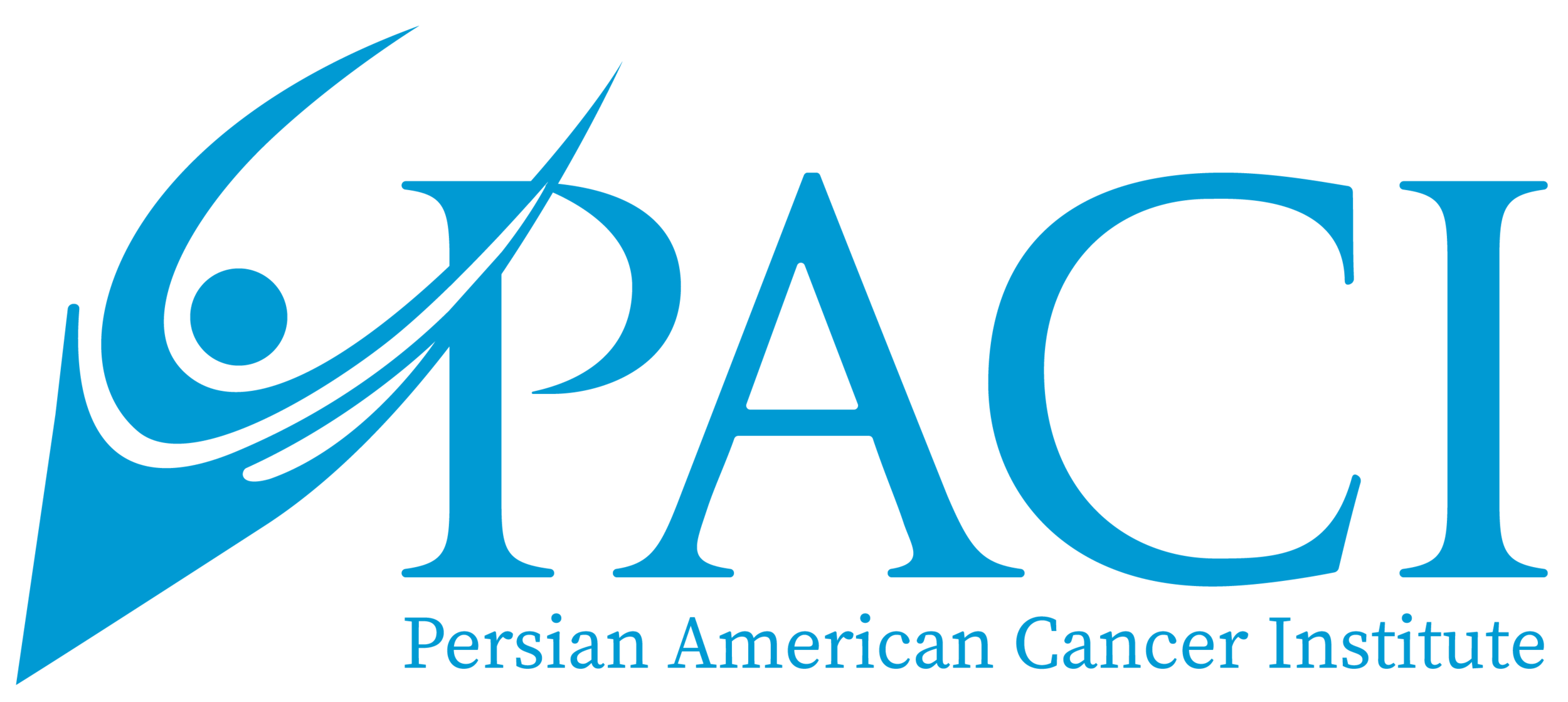Breast Tomosynthesis May Best Digital Mammography for Detection, Prognosis
By Marilynn Larkin
March 06, 2019
NEW YORK (Reuters Health) - Three-D digital breast tomosynthesis (DBT) is associated with
a better ability to correctly identify breast cancer in women ages 40-74 than 2D digital
mammography (DM), researchers say.
"We found that the cancers detected by DBT tended to be smaller, node-negative and have
biologies associated with a better prognosis compared to those found by 2D-alone
screening," Dr. Emily Conant of the University of Pennsylvania in Philadelphia told Reuters
Health.
"We also found that the number of false-positive recalls decreased for all women screened
with DBT compared with 2D mammography," she said by email. "Therefore, we believe that
DBT screening has a very favorable risk-benefit ratio, especially in the very controversial
group of younger women, aged 40-49 years."
"Since its approval by the US Food and Drug Administration in 2011, DBT has been rapidly
adopted in the US; however, not all practices offer DBT yet," she noted. "One of the reasons
is increased cost, as the equipment is more expensive and the exams require more time to
interpret than conventional 2D DM. Also, insurance coverage for DBT across the country is
variable."
